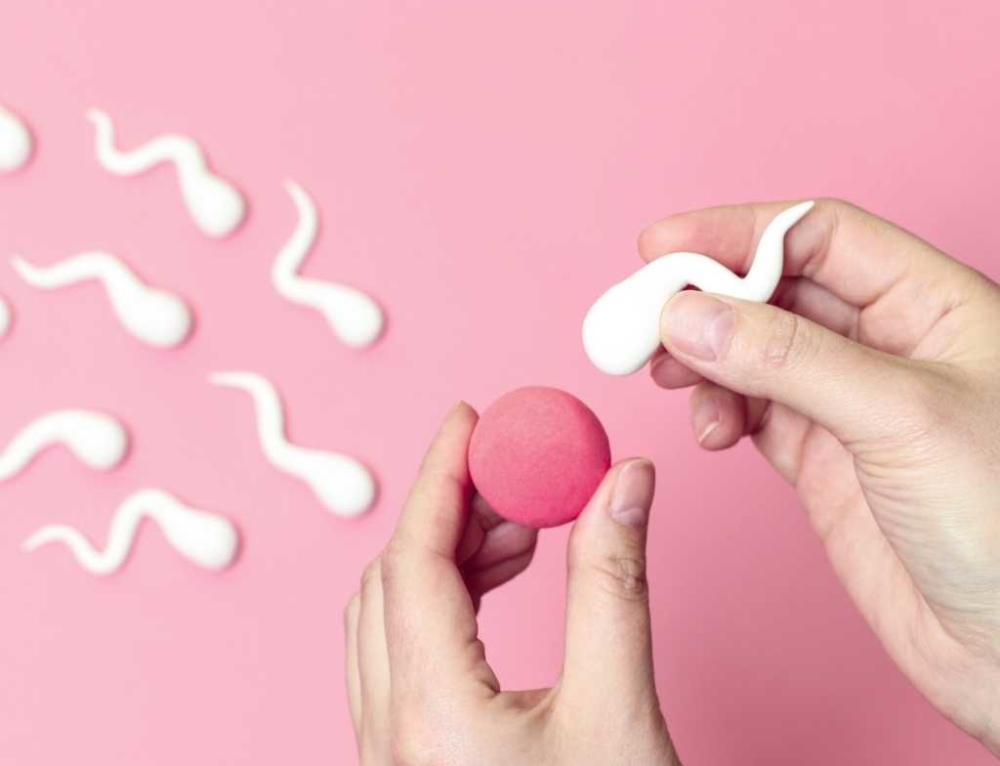Your pelvic floor area is a group of muscles that need to be exercised during pregnancy to keep them strong. The weight of carrying a pregnancy, plus the strain of pushing your baby out can cause this area to weaken. The good news is, just like arms that have gone soft after too many years away from the tennis racquet, a little work is all it takes to get back into great shape.
Strengthening your pelvic floor muscles is about something much more important than mere aesthetics – it’s about good health.
A stronger pelvic floor can assist with:
- Improved control of your bladder. For example, it helps prevent the bladder from leaking when exercising, coughing, laughing
- Control of your bowel
- Improved muscle tone during pregnancy and childbirth
- Increased sexual sensation in the vagina and enhanced orgasms
What is the pelvic floor?
The pelvic floor is made of layers of muscles which stretch from the pubic bone in the front, to the base of the spine. There are three openings through the pelvic floor – for the urethra (the duct from which urine is discharged from the bladder), the vagina and the bowel.
When the pelvic floor muscles are strong they help to support the bladder, urethra, vagina, uterus and bowel in their correct position. These muscles contribute to the closing mechanism of the urethra and anus. The urethra and anus each have a sphincter (the zone responsible for the closing function). Pelvic floor muscles help to close the sphincters. These muscles can be tightened or relaxed voluntarily. They can also contract involuntarily as they do during orgasm. The best way to ensure effective bladder control is to have strong pelvic floor muscles.
How to strengthen your pelvic floor
First, it is important to identify the different parts of your pelvic floor muscles.
To find the muscles that control your urine flow, try to stop your urine flow midway next time you use the toilet. Try to hold for 3 seconds and then relax. If your pelvic floor is weakened you may find it difficult to slow down or stop your urine flow. If you can stop the flow, don’t forget to relax and finish passing urine. This is just a way of identifying the muscles and shouldn’t be used as a regular exercise.
To find the muscles that control your anal sphincter, tighten the muscles around your anus as if stopping wind. Hold for 3 seconds and then relax.
To find the muscles that surround your vagina: Concentrate on tightening the muscles around your vagina. It may help to put one or two fingers in your vagina so you can feel the muscles tighten. You should feel a squeezing, lifting movement. If your pelvic floor muscles are weak this sensation may be difficult to feel.
Pelvic floor exercises
Once you have been able to identify the three parts of your pelvic floor muscles, you need to practise using them. This can be done sitting, standing or lying down.
Focus your attention on your pelvic floor muscles but make sure that your thighs and buttocks remain relaxed.
Once you are able to concentrate on using all the muscles together, try to squeeze and lift the muscles slowly. If you notice that your tummy muscles tighten, try to relax them as much as you can and focus on your pelvic floor. Imagining that your pelvic floor muscles are traveling up, floor by floor, like an elevator, may help.
Never just let go. Once you have tightened your muscles, be sure to release them slowly until you have let go of all the tension.
Once you have that technique under control, try any of the following exercises regularly.
- Slow and steady: Squeeze and lift slowly. Hold for about 5 to 10 seconds – as firmly as possible – before releasing. Repeat up to 10 times.
- Quick and short: Squeeze and lift quickly, holding for 1 to 2 seconds as firmly as possible, then release. Repeat up to 10 times.
- Holding under pressure: Squeeze and lift quickly and then, while holding, do a small cough, before releasing. This is one way to get used to using your pelvic floor muscles under increased pressure. Repeat 2 to 3 times. Once you are familiar with this exercise it is important to practise it standing up as this is when the pressure on the pelvic floor is greatest.
Remember!
- Never bear down while doing these exercises
- Don’t hold your breath
- Try not to over-work the muscles and, instead, build up gradually
If you feel you need more help, speak to your doctor for further advice.
Minimise the risk
In addition to doing these exercises daily – at all stages of life before, during and beyond your pregnancy, following other basic guidelines can help minimise damage to your pelvic floor:
- Avoid constipation – drink 8 – 10 cups fluid (water is best!) per day.
- Limit caffeine to 3 drinks per day (tea, coffee, Coke, chocolate).
- It’s good to hold on – try to avoid going to the toilet ‘just in case’. Try to hold off 3 hours between visits to the toilet.
- Contract your pelvic floor muscles BEFORE you cough, sneeze, blow your nose
- Do pelvic floor muscle exercises every day.
This article was written by Claire Halliday for Kidspot NZ, New Zealand’s parenting resource for during your pregnancy.







Leave A Comment
You must be logged in to post a comment.